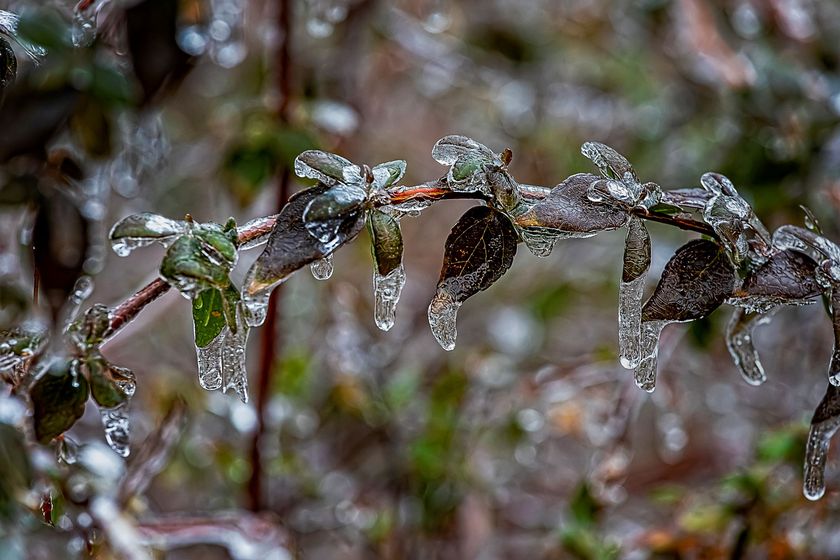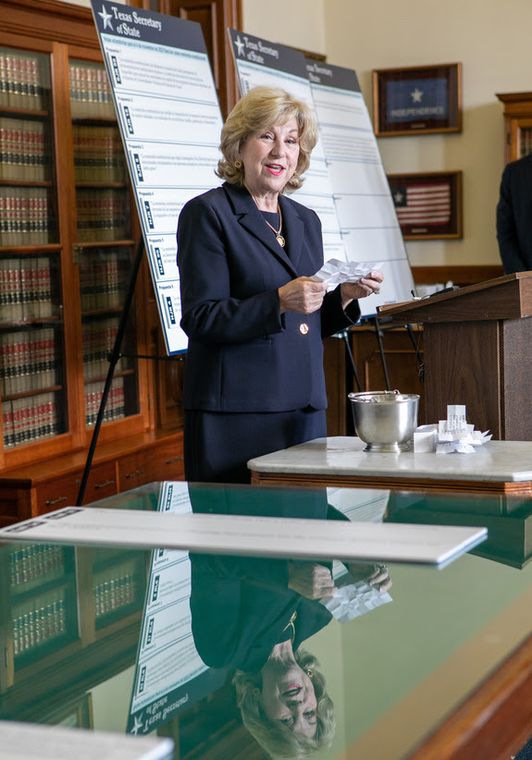- Sections :
- Crime & Public Safety
- Restaurants & Food
- Sports
- More
Horticulture expert reveals frost and freeze protection ideas

THE WOODLANDS, TX – Saturday is the first day of winter, and while it certainly isn’t reflected in this week’s thermometers, freezing temperatures are pretty much guaranteed to hit us sooner or later. Now’s the time to plan and prep your outdoor plants for the impending visit of Jack Frost, according to Brandi Keller, Harris County Extension Agent, Horticulture.
While there are several tips and resources to protect your plants as best as you can, you should remember that it’s all a case-by-case basis and there are no sure things, except for bringing potted plants into a protected garage or house. We can expect the threat of frost through February to March 1, depending on your location.
To protect against frost, first you need to water if the soil is dry. Dry soil stresses a plant, causing more damage during a freeze. Water also releases heat during cold periods or overnight, which is also why you should place a bucket of water near plants.
Cover only the tops and sides of your plants in a tenting fashion to ward off frost, the chances of which increase on clear nights in temperatures even up to 37 degrees in the right conditions, and if possible move plants under cover (like eaves, trees, or patio) or near buildings with heat.
When covering your plants, plastic should not be used alone, as it can burn the parts of the plants it is touching. However, plastic can be used if it is then covered with a blanket, which helps slow radiant cooling. Be sure to remove the cover during the day to avoid overheating.
To protect against freezing, the plant needs to be completely covered and secured to the ground; covering a plant’s leaves alone during a freeze will not protect it. Heat needs to be captured and contained by securing the cover to the ground. Add a source of safe heat under the cover and provide a windbreak. Bank citrus plants with soil; mulch annuals, perennial, and tender plants. You don’t need to produce a lot of heat, just enough to raise it a couple of degrees, depending on the temperature. Holiday string lights accomplish this well, especially the larger bulbs. A clamp-on floodlight with a heat lamp bulb can also be used.
Finally, don’t worry about the native plants that grow on their own here; they have evolved with our region and are more likely to survive from freezes and frosts.

















